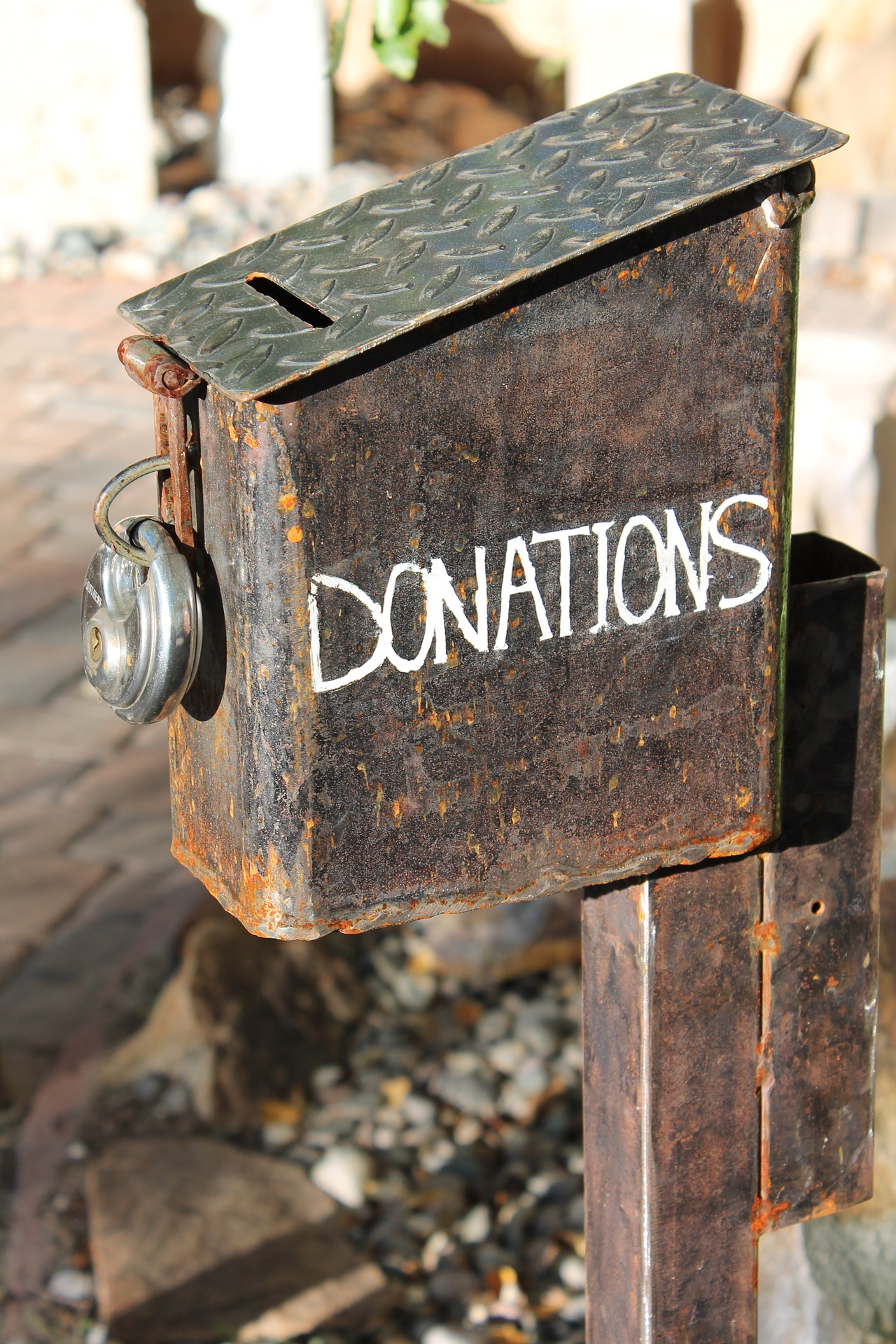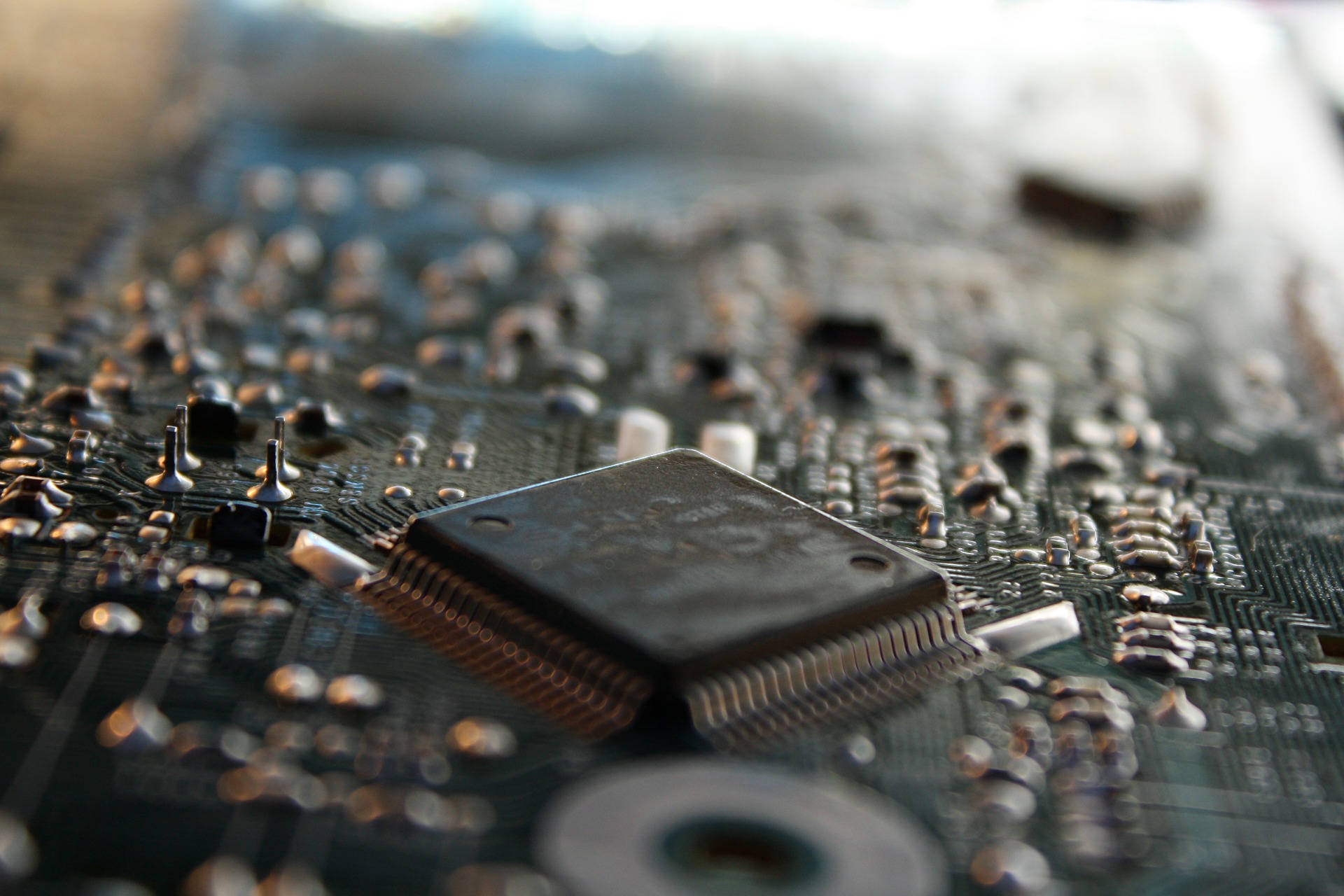As we increasingly rely upon digital devices in our everyday lives, reusing and recycling our electronics is more important than ever.
You may remember Brita’s “Forever in a Landfill” ad campaign, a series of commercials that highlighted our tendency to thoughtlessly throw away plastic water bottles that will permanently occupy space in our landfills. The campaign was riding the wave of a green movement that has steadily picked up speed, and Brita’s ads may have even spurred a few of us to action. According to the EPA, as of 2013, recycling rates in the United States were at an all-time high, topping out at 34.3% — significantly higher than the paltry rate of 16% of only 15 years ago.
As promising as these numbers are, there certainly remains room for improvement, especially when it comes to our disposal of electronic devices. Americans currently recycle just 27% of their e-waste, and globally, we throw out $50 billion worth of recyclable electronic materials each year, according to Popular Science. Consumer Reports, meanwhile, reports that only 40% of the 41.8 million tons of e-waste produced in 2014 was discarded properly.
We at Midwest Industrial Supply, Inc. think we can do better. Let’s run through just a few of the many ways to reduce, reuse, and recycle your electronics:
Reuse

The pace at which new and improved models of smartphones, televisions, and other electronic devices are released means we often find ourselves replacing products in near-mint condition. Rather than tossing gently used phones or tablets in the trash, donate them! There are plenty of nonprofits and charity organizations that can make use of your old devices; a good place to start are your local senior organizations and recreational centers. Or, check out Dell Reconnect, a partnership with Goodwill that accepts most computer models and “just about anything that can be connected to a computer.”
AmericanCellPhoneDrive.org, the World Computer Exchange, and eBay for Charity are also excellent places to donate your devices, and companies like BestBuy and Staples offer trade-in programs that give you store credit for your old gadgets.
Recycle

If your electronics are archaic or broken and can’t be donated, your next best bet is to recycle them. Fortunately, BestBuy and Staples have also taken the lead in electronic device recycling, according to WiFi Family, offering drop-off areas at most store locations. The services are free and will accept everything from appliances and vacuums to cables and cartridges.
Many municipalities now also regularly offer electronic recycling programs, and companies like Waste Management are partnering with communities to run electronics collection programs. Check with your local government to find out what specific services are available in your area. Reduce
Reduce

The aim of such services, of course, is to minimize waste and maximize efficiency. The EPA estimates that recycling one million laptops saves the equivalent amount of energy used by 3,500 U.S. homes every year. Furthermore, if one million cell phones are recycled, 35 pounds of copper, 772 pounds of silver, 75 pounds of gold, and 33 pounds of palladium can be recovered.
As critical as these efforts are, it’s equally important to reduce the environmental impact of the recycling process itself — shredding millions of devices into recyclable parts produces potentially harmful dust and debris, particularly in indoor facilities.
Midwest Industrial Supply, Inc. offers tailored solutions for electronics recycling that have proven to reduce dust by up to 85%, while also lowering disposal-related costs by reducing residual waste by up to 90%. If reducing e-waste is the first step towards a greener planet and major cost savings, the second step is to reduce e-waste emissions — and Midwest is more than up to the challenge.
(Image Credit: Curtis Palmer/Flickr)

